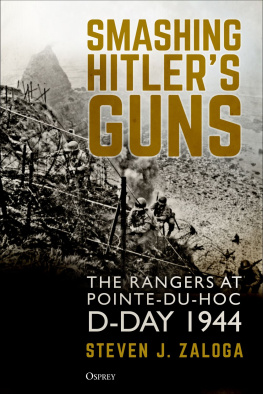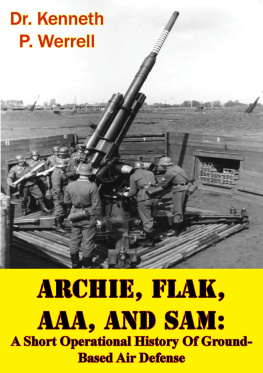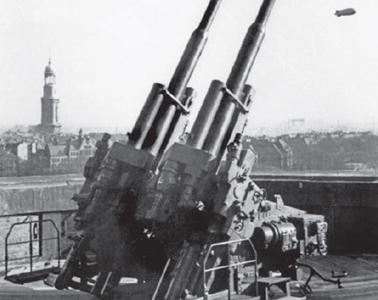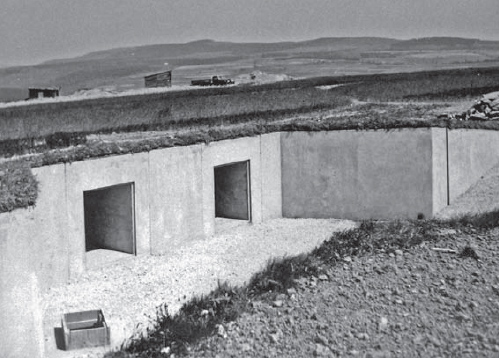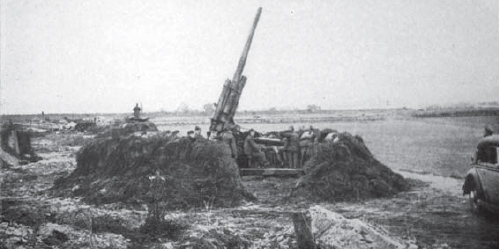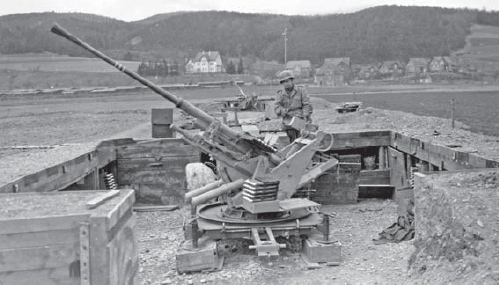Steven J. Zaloga - Defense of the Third Reich 1941-45
Here you can read online Steven J. Zaloga - Defense of the Third Reich 1941-45 full text of the book (entire story) in english for free. Download pdf and epub, get meaning, cover and reviews about this ebook. year: 2012, publisher: Osprey Publishing, genre: Non-fiction. Description of the work, (preface) as well as reviews are available. Best literature library LitArk.com created for fans of good reading and offers a wide selection of genres:
Romance novel
Science fiction
Adventure
Detective
Science
History
Home and family
Prose
Art
Politics
Computer
Non-fiction
Religion
Business
Children
Humor
Choose a favorite category and find really read worthwhile books. Enjoy immersion in the world of imagination, feel the emotions of the characters or learn something new for yourself, make an fascinating discovery.
- Book:Defense of the Third Reich 1941-45
- Author:
- Publisher:Osprey Publishing
- Genre:
- Year:2012
- Rating:3 / 5
- Favourites:Add to favourites
- Your mark:
Defense of the Third Reich 1941-45: summary, description and annotation
We offer to read an annotation, description, summary or preface (depends on what the author of the book "Defense of the Third Reich 1941-45" wrote himself). If you haven't found the necessary information about the book — write in the comments, we will try to find it.
The Third Reich created the most lavish Flak defenses of any country in World War II. This book provides an overview of the Flak artillery, with a special emphasis on how Flak was deployed and some of the unique fortified structures that were created to enhance Flak performance such as the legendary Flak towers of the German cities. It also briefly examines the revolutionary potential of anti-aircraft missiles for Flak defense that were on the verge of deployment at the end of the war. Although the artillery element of Flak is the most widely known, Flak effectiveness was highly dependent on advanced electronic sensors, especially radar, for fire control and precise targeting. This book examines how the Third Reich deployed radar and other advanced sensors in its defensive belts such as the Kammhuber Line.
Besides active defense against air attack, Germany also invested heavily in passive defense such as air raid shelters. While much of this defense was conventional such as underground shelters and the dual use of subways and other structures, Germany faced some unique dilemmas in protecting cities against night fire bomb raids. Some cities were located in regions where the soil conditions and lack of bedrock did not permit deep underground bunkers. As a result, German architects designed massive above-ground defense shelters which were amongst the most massive defensive structures built in World War II.
The success of the US Army Air Force offensive against Germany industry in early 1944 threatened to crush German military production. A program was initiated in the spring of 1944 to defend the industry by dispersion and fortification. An elaborate program was created to house the most vital industries in underground shelters. Some of these were located in caves or tunnels, but in other areas, large reinforced concrete structures were created where caves were not a practical solution. These structures were amongst the most advanced for their day, and in many ways presaged the heavily reinforced shelters created during the Cold War for protection against nuclear attack.
From the Trade Paperback edition.
Steven J. Zaloga: author's other books
Who wrote Defense of the Third Reich 1941-45? Find out the surname, the name of the author of the book and a list of all author's works by series.


